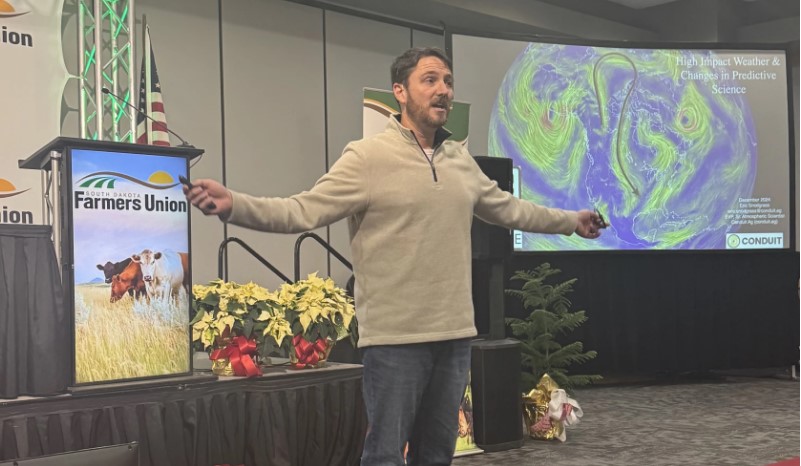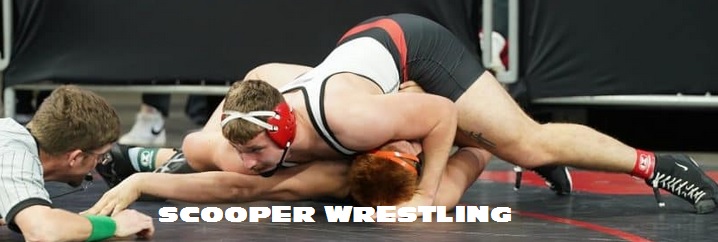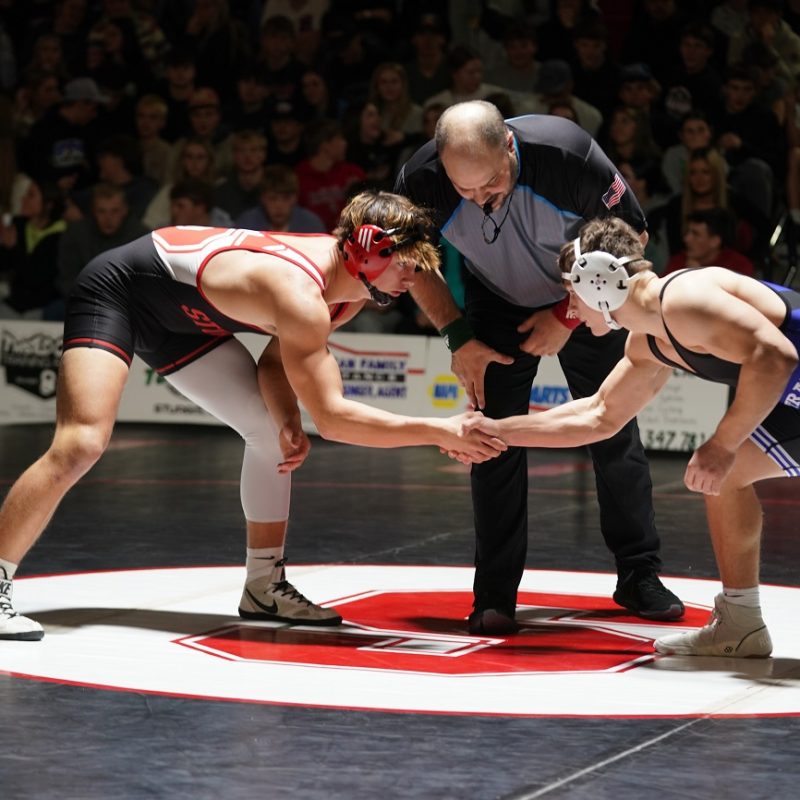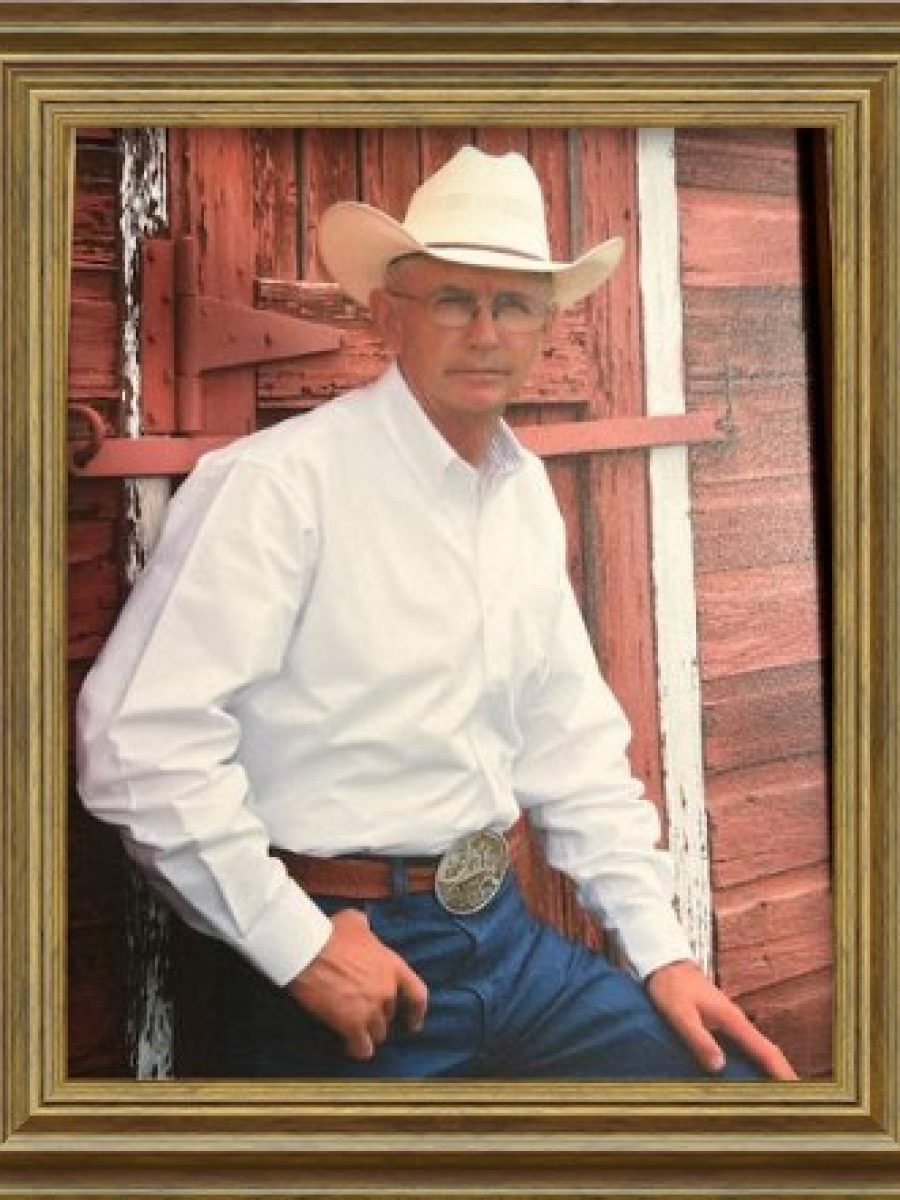WASHINGTON, D.C. – A recently introduced piece of legislation would improve grazing rights for U.S. Forest Service national grasslands permit holders. Under current Federal Land Policy and Management Act rules, ranchers with permits on national grasslands do not have the same rights as those who have grazing permits on Bureau of Land Management and national forest land. This legislation would fix the disparity and ensure that ranchers who have grazing agreements on national grasslands are treated the same as permittees on other federal lands.
“South Dakota is home to three national grasslands, and ranchers who graze livestock on them deserve the same rights as permit holders on other federal lands,” said Senator John Thune, (R-SD) “This common-sense legislation would streamline permittee rights at Buffalo Gap, Fort Pierre, and Grand River, along with other national grasslands and federal lands across the country.”
The Association of National Grasslands (ANG) supports the legislation. “Unfortunately, national grasslands permittees do not have the same due process rights that Bureau of Land Management and national forest permittees currently enjoy,” said Ross Nielson, president of the ANG.
This legislation would allow national grassland permittees:
- The right to 10-year permits;
- First priority for receipt of a new permit;
- Entitlement to written notice of any permit violations and an opportunity to achieve compliance before cancellation or suspension proceedings related to the permit; and
- Except in cases of emergency, no permit cancellation without a two-year notification.
The bill is supported by the Association of National Grasslands, South Dakota Stockgrowers Association, and South Dakota Sheep Growers Association.
The current formula for determining the grazing fee for public lands managed by the Bureau of Land Management (BLM) and the Forest Service (FS) was established in the Public Rangelands Improvement Act of 1978 (PRIA) and continued by a 1986 executive order issued by President Reagan.
The fee is based on grazing of a specified number of animals for one month, known as an animal unit month (AUM). The fee is set annually under a formula that uses a base value per AUM. The base value is adjusted by three factors—the lease rates for grazing on private lands, beef cattle prices, and the cost of livestock production.
The current grazing fee of $1.35 per AUM, the minimum allowed.












